Pablo Escobar: The "Robin Hood" of Narcos or Ruthless Criminal?
Pablo Emilio Escobar Gaviria, a narcos king, cruel criminal, and "robin hood" to some.
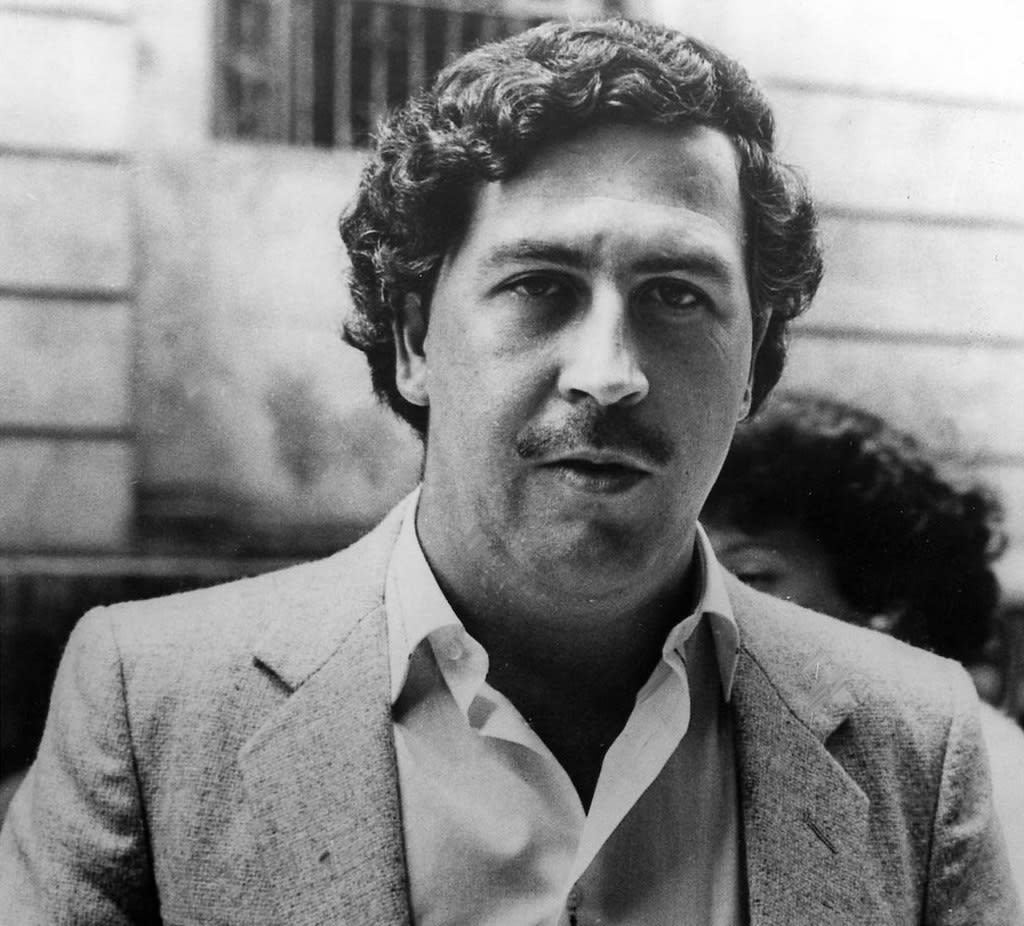
Content:
1. Intro 2. Financial Hardship & Relationship 3. Ambitions of Escobar 4. Early Crimes 5. The Medellín Cartel 6. Plata O Plomo 7. Hike in business & US 8. Lifestyle & Philanthropy 9. Short-Lived Political Career 10. Avianca Flight 203 11. La Catedral 12. Final Standoff & Death 13. Aftermath 14. Support Message & sponsor
Introduction:
Escobar's journey began in Rionegro, Colombia, where he was born. His parents, Abel de Jesús Dari Escobar and Hermilda Gaviria raised him in modest surroundings. The family faced financial difficulties, which would later fuel Escobar's pursuit of wealth and power. Pablo Emilio Escobar Gaviria, a man of complex reputation, was both hailed as a Robin Hood figure by some and considered a ruthless criminal by many. His life was marked by early struggles and financial hardships, which eventually catapulted him into becoming the wealthiest criminal ever known. This biographic piece of writing delves into the captivating story of Escobar, exploring his upbringing, criminal activities, rise to power, and ultimate demise.
Financial Hardships & Relationship with Family:
Pablo Emilio Escobar Gaviria was born on December 1, 1949, at the time of 'La Violencia', in Rionegro, a town located in the Antioquia department of Colombia. His parents, Abel de Jesús, a farmer, and Hermilda, a schoolteacher, had humble origins and were devoted to their children's well-being.
Escobar had several siblings, including Roberto, Gloria, and Alba. While his relationship with his parents and siblings appeared to be relatively normal, Escobar's ambition and desire for a better life would eventually drive him to make choices that would change their lives forever.
The Escobar household faced financial challenges, living within the constraints of limited resources. This environment likely contributed to Escobar's early drive to overcome poverty and improve his circumstances.
Ambitions of Pablo Escobar:
During his early education, Escobar showed promise, but financial constraints forced him to drop out of school. The lack of formal education would later shape his unconventional path to success.
Escobar re-entered the education system at a later stage, pursuing a diploma. His decision to resume his studies was motivated by a desire to acquire knowledge and improve himself. At this point in his life, Escobar aspired to become a successful and respected individual. His ambition was driven by power, wealth, and a desire to transcend his humble beginnings. Some say that he wanted to become a politician.
Early Crimes: Shaping of Pablo
Escobar's fateful encounter with criminal activities occurred during his early adulthood. The precise details of his initiation into the criminal world remain a subject of speculation, but it marked the beginning of a life that would forever change Colombia's history. In the initial stages, Escobar engaged in various criminal activities, including petty theft and small-scale drug trafficking. He formed alliances with individuals who would later become key figures in his notorious gang.
As Escobar's influence grew, so did the magnitude of his criminal endeavors. He transitioned from petty crimes to more violent acts, such as car theft and kidnapping, solidifying his reputation as a dangerous criminal.
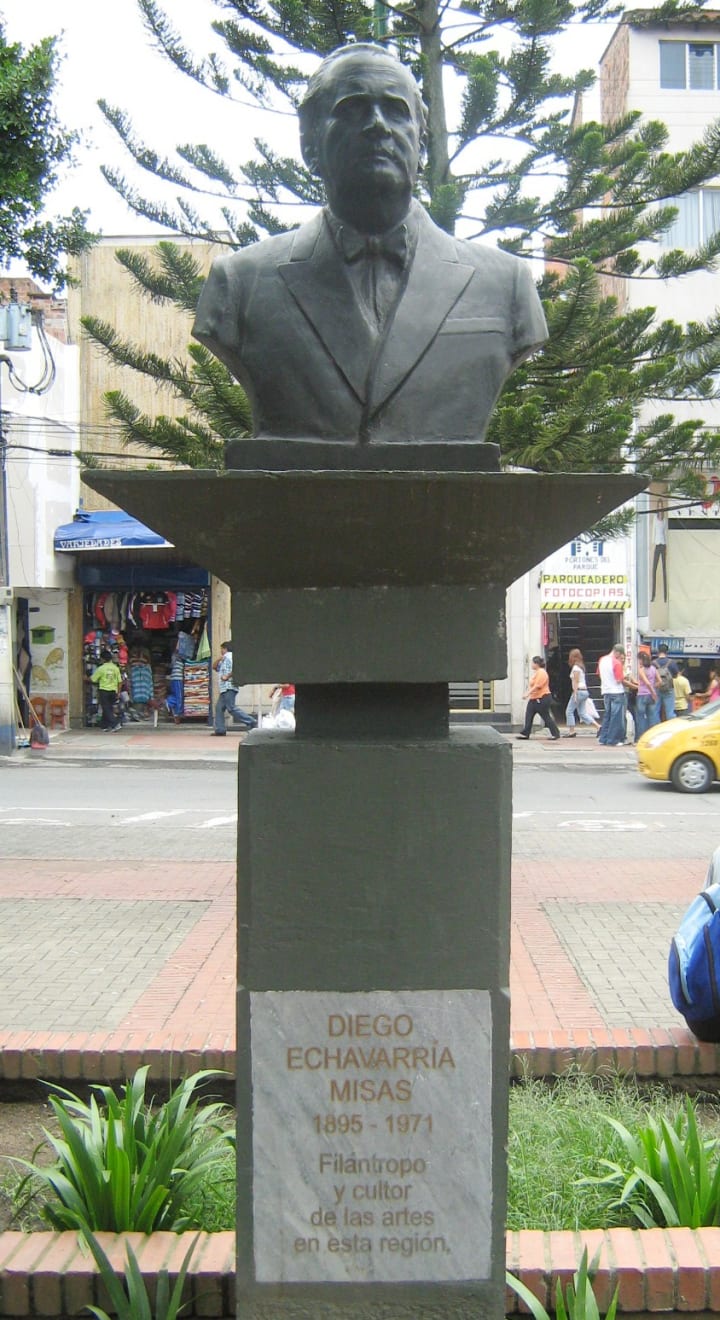
Diego Echavarria, a prominent figure in Colombia, became a target of Escobar's gang. The motives behind the kidnapping remain unclear, but it highlighted the audacity and ruthlessness of Escobar's criminal operations. Escobar and his gang made $50,000 as ransom money. Diego's fate, unfortunately, ended in tragedy.
Amid his rise to power, 26 years old Escobar married 15 years old Maria Victoria Henao in 1976. Maria came from a conservative family, initially opposed to the union. Nevertheless, their marriage endured and would play a significant role in Escobar's life.
The Medellín Cartel: Gang of Escobar
The Medellín Cartel, a powerful and infamous drug trafficking organization, became synonymous with Escobar's name. It emerged as a result of escalating cocaine production and the desire for control over the illicit trade.
Escobar partnered with other influential figures, including Jorge Luis Ochoa and Carlos Lehder, to form the Medellín Cartel. Together, they revolutionized the cocaine trade and solidified their dominance in the illicit market.
the 1970s and '80s, Colombia witnessed a significant rise in cocaine production and export. Escobar's cartel played a central role in this exponential growth, leading to unprecedented levels of drug-related violence and corruption.
First Arrestation of Pablo Escobar: 'Plata O Plomo'
In 1976, Escobar was arrested by the DAS (Departamento Administrativo de Seguridad) for his involvement in drug trafficking. The evidence against him included photographs and testimonies connecting him to illicit activities.
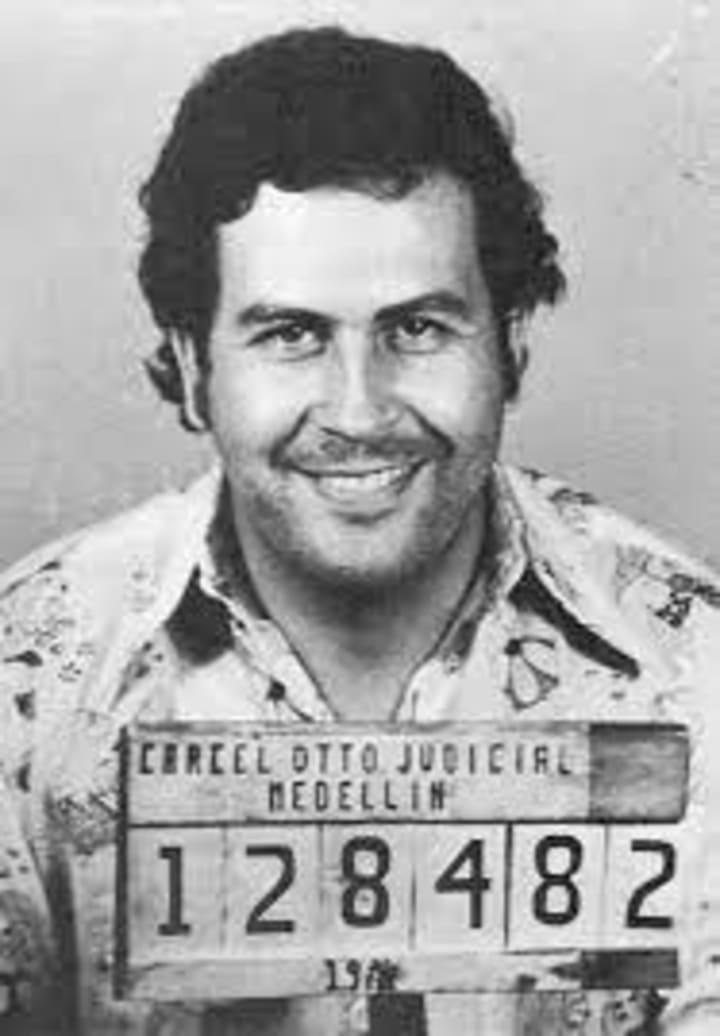
Escobar's release from custody remains a topic of controversy. It is widely believed that he resorted to bribery and intimidation tactics to secure his freedom, highlighting the extent of his influence.
Rumors suggest that Escobar orchestrated the assassination of the DAS agent who arrested him. However, conclusive evidence linking him directly to the crime remains elusive.
Escobar's infamous strategy, known as "Plata O Plomo" (Silver or Lead), involved offering authorities and individuals a choice between accepting a bribe ("silver") or facing deadly consequences ("lead"). This tactic allowed him to maintain control and evade capture.
Hike in Business & United States:
Escobar began exporting massive quantities of cocaine to the United States, capitalizing on the growing demand for the drug. He established sophisticated smuggling operations, utilizing various methods to transport vast quantities of cocaine.
By the end of the 1970s, Escobar's cartel had transported staggering amounts of cocaine to the United States. Estimates suggest that his organization was responsible for smuggling tons of cocaine across borders.
Escobar expanded his criminal empire beyond the drug trade, investing heavily in legitimate businesses and infrastructure projects. These served as a front for money laundering and further solidified his influence.
Escobar's network established multiple trafficking routes, including air, land, and sea, to transport cocaine. These routes spanned countries and continents, making it difficult for law enforcement to intercept shipments.
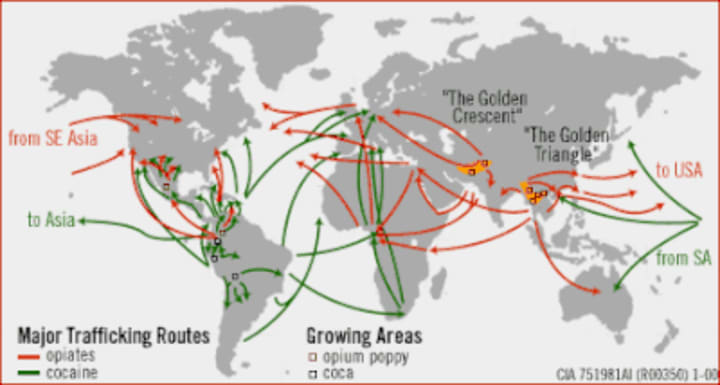
During this period, corruption-plagued Colombia, with elements of the government allegedly complicit in Escobar's criminal activities. The extent of his influence and the challenges faced by authorities in curbing Pablo Escobar's power became evident.
Escobar's Extravagant Lifestyle & Philanthropic Ventures:
Escobar's immense wealth afforded him an extravagant lifestyle. He owned numerous properties, luxurious cars, and even his own private zoo. This opulence became a symbol of his power and defiance.
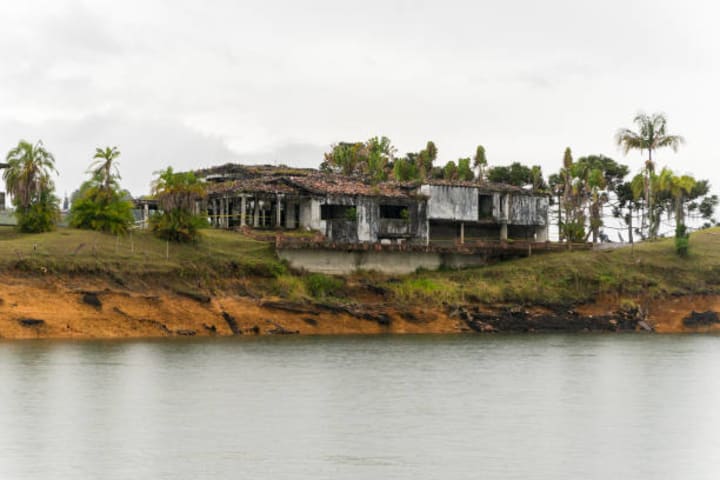
Escobar engaged in philanthropic activities, investing in the development of impoverished communities. He constructed schools, hospitals, and other infrastructure projects, earning him a reputation as a benefactor among the Medellín people.
Escobar became known as the "Robin Hood Paisa" due to his perceived generosity towards the local population. However, the true nature of his philanthropy remains a subject of debate, as his charitable acts often masked his criminal activities.
Escobar's Short-lived Political Career & Eliminating Oppositions:
Escobar ventured into politics in the early 1980s, seeking to legitimize his power and influence. He won a seat in the Colombian Congress, further fueling the controversy surrounding his activities.
Escobar's entry into politics generated polarizing opinions. While some viewed him as a champion of the poor and marginalized, others saw him as a dangerous criminal exploiting the political system for personal gain.
Escobar's political career was short-lived. He was eventually expelled from his party, prompting him to resort to more violent means to protect his interests. However, his involvement in politics did not cease entirely.
Escobar ordered the assassination of Rodrigo Lara-Bonilla, the Colombian Minister of Justice, who had begun actively targeting the drug trade. This brazen act further intensified the government's determination to bring him down.
He orchestrated the murder of Luis Carlos Galan, a prominent Colombian presidential candidate. Galan's strong stance against drug trafficking made him a prime target for Escobar, who sought to maintain his criminal empire.
Escobar employed a group of highly trained assassins known as "sicarios". Their primary responsibility was to carry out executions and protect Escobar's interests through acts of violence.
Avianca Flight 203: Plane that Exploded in Air
At this point in time, Escobar went insane in eliminating his opponents. Avianca Flight 203, en route from Bogotá to Cali, became entangled in Escobar's violent web. Escobar ordered the bombing of the flight, resulting in the deaths of all 107 passengers and crew members on board and 3 people on the ground. He wanted to kill Cesar Gaviria Trujillo. The explosion occurred on November 27, 1989. The devastating act claimed the lives of all those on board the ill-fated flight. A tragic total of 107 passengers were on board Avianca Flight 203 when it met its fateful end due to Escobar's ruthless actions.
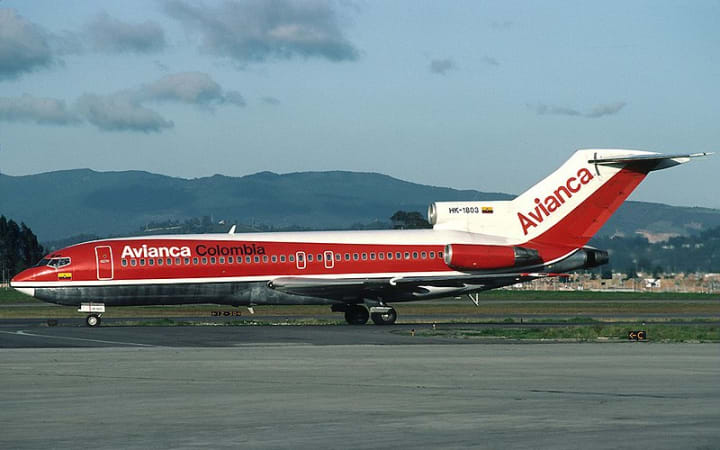
Cesar Gaviria Trujillo, who would later become the President of Colombia, was scheduled to be on Avianca Flight 203. However, a change in plans spared his life.
The investigation into the Avianca bombing eventually uncovered evidence linking Escobar and his cartel to the tragic event. This revelation intensified international efforts to bring him to justice.
The Avianca bombing directly involved the United States due to the American citizens who perished in the attack. This incident escalated tensions between the US government and Escobar's criminal enterprise.
Government Crackdown on Escobar: La Catedral
Cesar Gaviria's government took decisive action against Escobar, recognizing the urgent need to dismantle his criminal empire. This marked a turning point in the battle against the Medellín Cartel.
Under mounting pressure, Escobar surrendered himself to Colombian authorities in 1991. As part of an agreement, he was confined to a luxurious private prison called "La Catedral," which he continued to operate from within its walls. He made two conditions, one he will get to choose to design his prison, and two Colombian government would make an amendment in the constitution that would limit US' influence in his case.
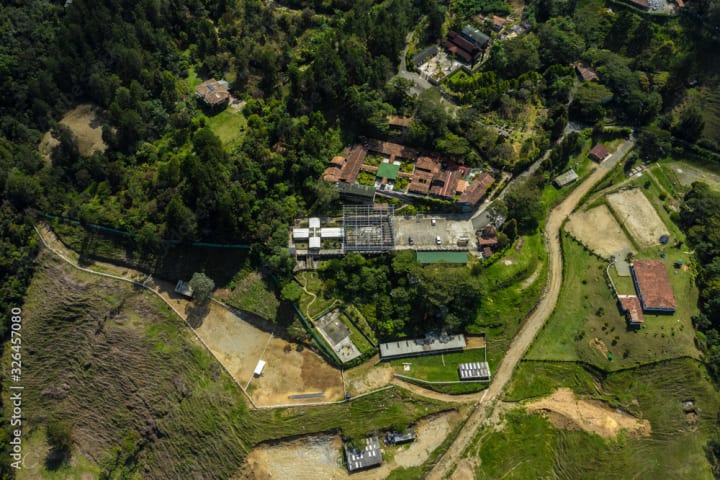
Even while ostensibly imprisoned, Escobar continued to control his criminal operations. La Catedral provided him with the freedom and resources to maintain his influence and engage in further illicit activities.
The Colombian government, recognizing the flaws in his imprisonment at La Catedral, attempted to move Escobar to a conventional jail. However, he managed to escape before the transfer could take place, further highlighting his resourcefulness and evasive tactics.
The Final Standoff: Escobar's Death
In 1993, Colombian police received a crucial tip about Escobar's whereabouts. The information led them to a safe house in Medellín, where he had been hiding.
On December 2, 1993, a dramatic confrontation unfolded between Escobar and Colombian police at the safe house. The authorities intended to capture him alive, but Escobar chose to resist arrest.
During the standoff, Escobar was shot multiple times by Colombian police. The exact circumstances surrounding his death remain a topic of speculation. Some say the police's bullet hit him, others say he shot himself. It is believed that Pablo Escobar killed around 3000-5000 people in his lifetime.
IMAGE WARNING!!
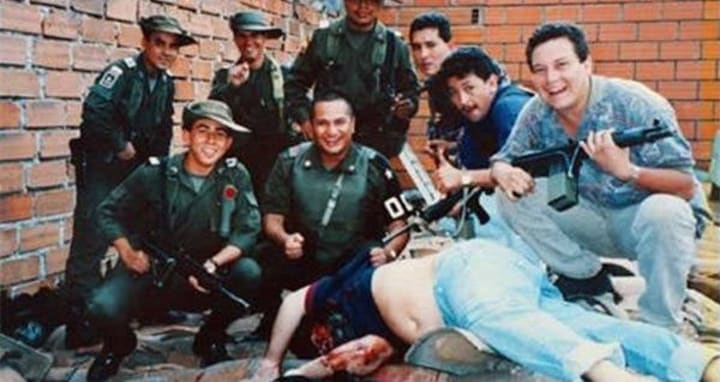
Escobar's resting place is at the Cementerio Jardines Montesacro in Itagüí, Colombia. The funeral was attended by a significant number of people who regarded him as their "Robin Hood," reflecting the complexity of public perception surrounding his legacy.
The Aftermath of Escobar's death:
After Escobar's death, his family faced numerous challenges. Some members continued to live under the shadow of his legacy, while others sought to distance themselves from his criminal past.
Pablo Escobar's life was marked by a compelling mix of criminality, violence, philanthropy, and political intrigue. His reign as the leader of the Medellín Cartel and his ruthless pursuit of power left an indelible mark on Colombia's history. While his actions earned him the reputation of both a Robin Hood figure and a ruthless criminal, his complex story continues to captivate audiences worldwide.
*This article is sponsored by YOU. Your support on ‘ko-fi’ allows me to write articles like these and keeps me going. See you in the next one!*
Support here
You can read more articles like this one on educational and intriguing subjects like; Titanic, Lost City of Atlantis, Mysteries of the Amazon Rainforest, Famous Ancient Explorers






Comments
There are no comments for this story
Be the first to respond and start the conversation.